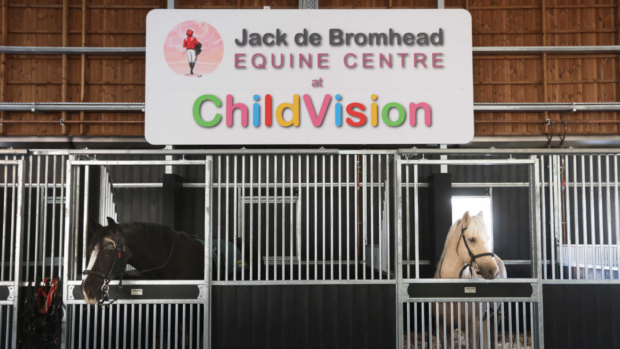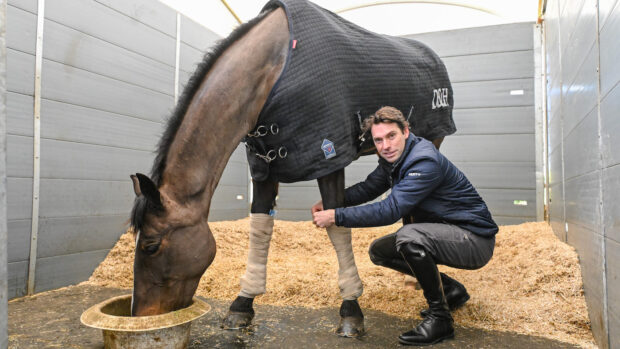Aromatherapy is the therapeutic use of essential oils (plant essences). It is a complementary therapy dating back to Egyptian times.
The oils are used for massage, compresses, ointments and lotions, preferably under the supervision of a professional aromatherapist. Essential oils can be bought in most health food shops, chemists and specialist suppliers. They must be mixed with basic carrier oils such as sweet almond before use.
Aromatherapy has proved beneficial in treating a number of common ailments, including sweet itch, respiratory problems, muscular aches and mud fever.
Behavioural and emotional problems can also be tackled successfully using essential oils, but as each horse is an individual, owners are advised to consult a qualified equine aromatherapist, who will work with your vet’s permission.
Be aware that some essential oils may contain substances regarded as prohibited by official governing bodies and may cause the horse to test positive under FEI or Jockey Club rules. Practitioners recommend that using essential oils ia avoided for at least seven days before competing under rules.
How does it work?
Essential oils include those with antiseptic, bactericidal properties, as well as those which have a balancing and relaxing effect on the body and mind.
When considering which blends of oils to use – on either human or animal – the individual’s preference is taken into account. An experienced aromatherapist will offer a choice by placing each one in turn close to the horse’s nostrils and watching his reaction – if he turns away that oil is unlikely to be the best choice.
Oils can be applied by inhalation or by gentle massaging using a blend of oils, but the horse should not be allowed into bright sunlight or hot weather directly afterwards as there is a risk of burning. Alternatively, oils can be sprayed on to rugs or in the stable for inhalation.
There are a few general rules for using aromatherapy oils:
- do not use neat oils
- check with a qualified equine aromatherapist before diluting the oils
- do not put oils on broken skin
- do not give oils internally
- treat a small area first to test for any allergic reaction.
How do I find out more?
H&H Online reminds its users that they must consult their vet before using any alternative or natural treatments.



